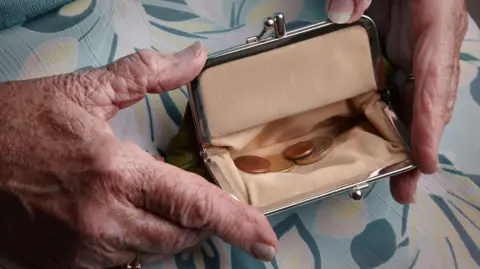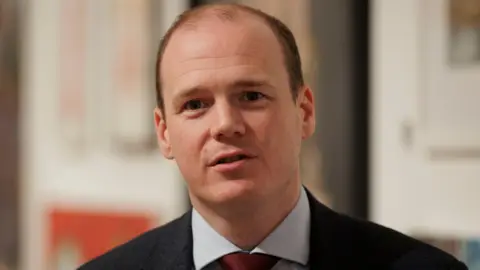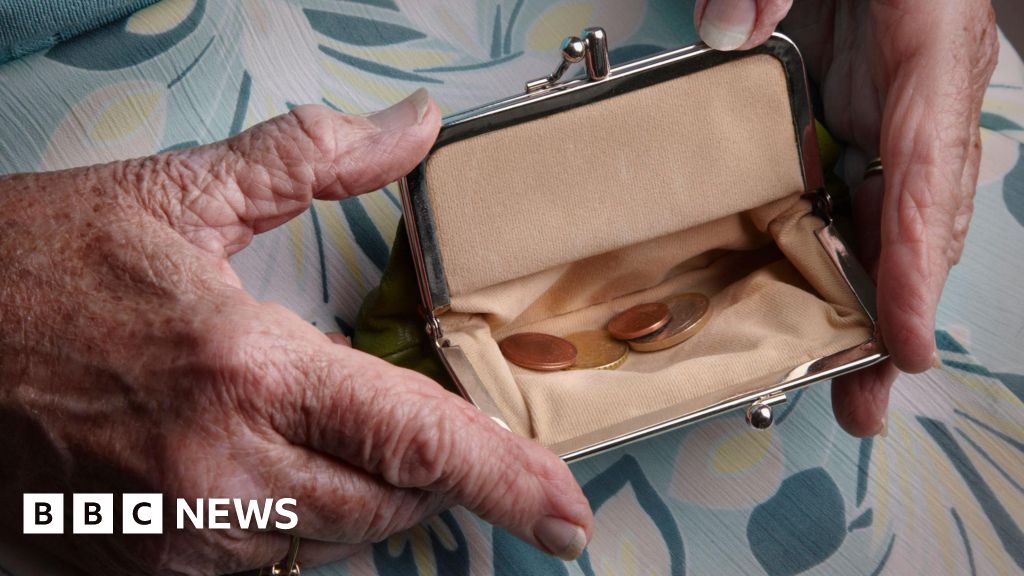BBC News NI political correspondent
 Getty Images
Getty ImagesThe minister previously described the document as a “realistic” but long-term plan to tackle poverty.
It must be signed off by ministers before it can go out for public consultation.
It will then return to the executive for any final changes to be considered before Stormont departments can begin to implement it.
Recent figures from the Department for Communities (DfC) suggest about 22% of children in Northern Ireland are growing up in poverty.
The figures also indicate that about 23% of children are in relative poverty and about 20% are in absolute poverty.
What is the Stormont anti-poverty strategy?
 PA Media
PA Media‘Can’t tell you what’s in it’
Trása Canavan from Barnados and a member of the Anti-Poverty Strategy Group said: “Unfortunately we haven’t had any sight of this document.”
“We haven’t had any engagement with, either as individual organisations or as the anti-poverty strategy group, the minister or his officials on the development of the draft strategy,” she told BBC Radio Ulster’s Good Morning Ulster programme.
“You know this group did a huge amount of work throughout the course of the 2021, 2022 and subsequent years to input into a co-design process and then develop our own paper recommendations, which was nearly 100 pages.
“So there is a huge amount of work that has gone on and that we shared with the department.
“We really hoped that would have informed the draft but I can’t tell you what’s in it because we haven’t been engaged in the process of the development of this paper.”
How is poverty measured?
There are two main measurements of low income used by the government, absolute poverty and relative poverty.
Income is counted as the money a household has to spend after housing costs are taken into account.
Absolute poverty measures how many people this year cannot afford a set standard of living.
The Department for Work and Pensions at Westminster currently defines it based on the living standard an average income could buy in the year ending in March 2011.
If your income is 40% below this, after adjusting for rising prices since then, you are classed as living in absolute poverty.
Relative poverty is the number of people whose income is 40% below the average income today.
An individual is considered to be in relative poverty if they are living in a household with an income below 60% of the typical UK income.
This is a measure of whether those in the lowest income households are keeping pace with the growth of incomes in the population as a whole.

